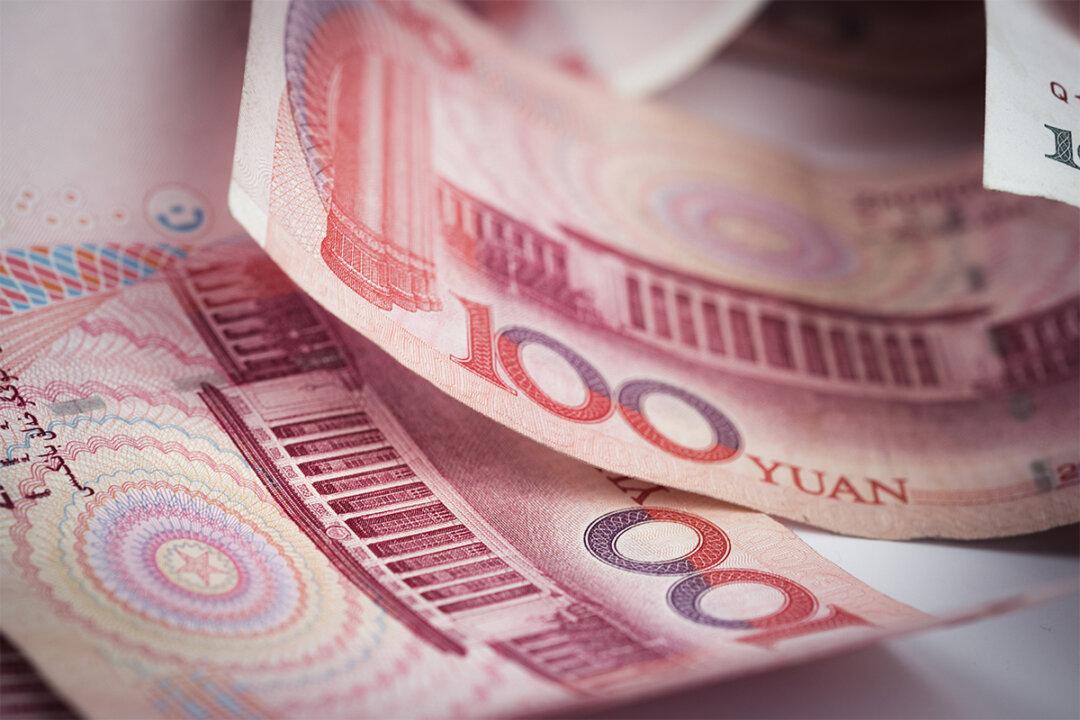Commentary
The depreciation of the Chinese currency (yuan) aroused some concern. Certainly, not too many would care about this since investment in China has dropped a lot in recent years (as evidenced by, say, the latest foreign direct investments trend). Those who care are the ones who still have business with China, or those who are situated in or near China, like Hong Kong. Year-to-date, the yuan depreciated nearly 10 percent against the U.S. dollar, which is not too much compared with other Asian currencies like the Japanese Yen (>15 percent) or the Australian dollar (>11 percent).





